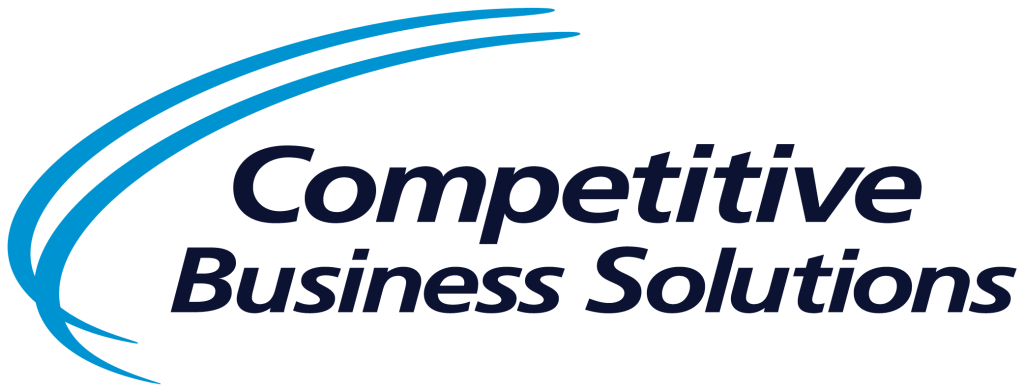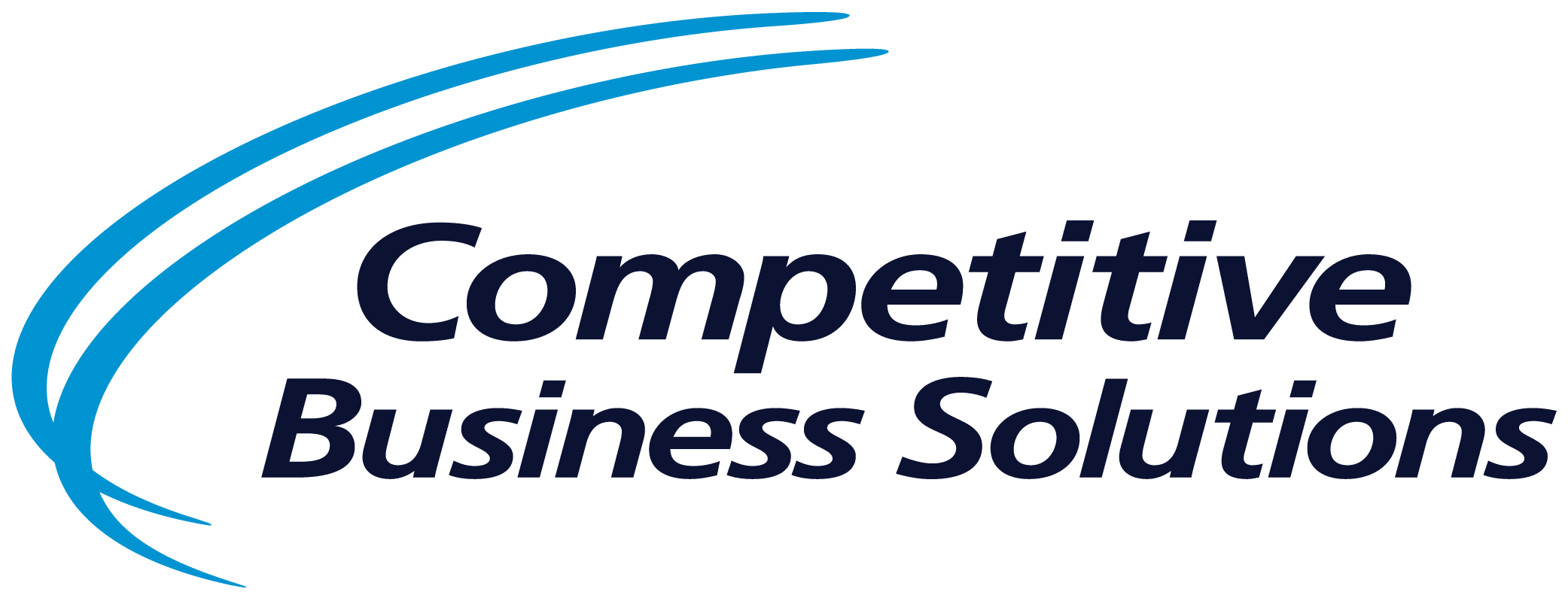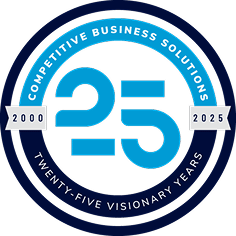
Is Your Supply Chain Optimization a Strategic Advantage — or a Liability?
Most organizations don’t realize how much value they’re losing through their supply chains, missing key opportunities in supply chain optimization and digital transformation to drive operational excellence.
I’ve seen it time and again: inventory that looks healthy on paper, but in practice, it’s either stuck, stale, or scattered. Metrics that are being tracked religiously, but not acted on. Suppliers that aren’t partners, just names in a database.
In a market where digital transformation is accelerating, that kind of dysfunction isn’t just a nuisance. It’s a barrier to growth.
So here’s what I ask when evaluating a supply chain: is it giving the business a competitive edge, or quietly draining cash, time, and trust?
Stop Reacting. Start Operating.
A reactive supply chain is a symptom of a deeper issue: lack of systems thinking. We see it in last-minute expedites, missed order dates, and teams firefighting issues that should’ve been predictable.
Improvement starts with structure. Clear ownership. A cadence of communication. Defined problem-solving processes.
Because without a system, chaos looks like effort.
Data Should Drive Action
Most companies have plenty of data. But few know how to use it.
We’ve helped clients implement simple but powerful tools:
- Exception-based dashboards that flag out-of-control parts and late orders
- Predictive models that highlight supplier risk or inventory obsolescence
- Real-time feedback loops that show teams where to focus
If your dashboard looks great but leads to zero decisions, it’s just decoration.
This is where digital transformation delivers real value, not just through technology adoption, but by enabling faster, better decisions across the supply chain.
Lean Isn’t a Buzzword — It’s a Supply Chain Strategy
We often talk about lean at the plant level, but lean thinking is even more critical upstream.
Start by asking:
- Are we buying in alignment with demand?
- Are planners building buffers because they don’t trust the system?
- Do our suppliers understand what “on time” really means to us?
You can’t effectively apply lean to a process you don’t understand. So map the flow. Find the waste. Stabilize.
Don’t Build What You Should Be Buying
Your internal team doesn’t need to be best-in-class at everything. Strategic supply chains leverage partners for flexibility, scale, and expertise.
This approach aligns closely with private equity consulting principles focused on scalable growth through strategic partnerships.
But that means treating your suppliers like partners, not vendors. Sharing forecasts. Inviting them into planning conversations. Holding them accountable, but also setting them up to succeed.
It’s not about offloading risk. It’s about building capability.
Cut the Right Costs
Cost-cutting isn’t the same as eliminating waste.
One is reactive and short-term. The other is strategic and sustainable.
Too often, we see teams slash costs that were actually protecting throughput or quality. The result? Margins drop, customers get frustrated, and operations spend even more trying to fix the fallout.
Instead, focus on:
- Reducing rework and expediting
- Improving supplier response time
- Cleaning up inventory accuracy
- Standardizing planning and procurement
None of that shows up on a PO. But it all impacts performance.
This is particularly true when reducing costs within the supply chain. The focus needs to be:
- Capacity of the vendor to do the work
- Do they carry too much inventory?
- Do they have effective planning processes?
- Do they build quality in or inspect it in?
- Do they have an effective measurement system — is it lagging or leading? (CIP-QM)
Final Thought: You Can’t Fix What You Can’t See
The best-performing companies have supply chains that are simple, transparent, and strategically aligned.
That doesn’t happen by accident. It happens when leadership understands supply chain not as a function, but as a system — one that connects customer demand to company performance.
And when it works, it doesn’t just support the business. It drives it.
Latest Insights
Sign up to receive our latest insights!
"*" indicates required fields




